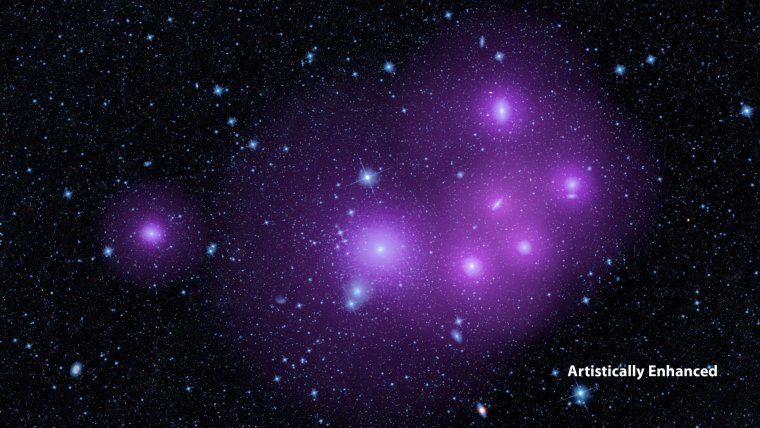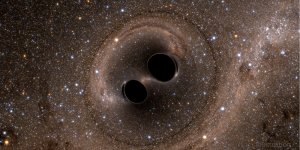| News / Science News |
NASA's WISE findings poke hole in black hole 'Doughnut' theory
NASA | MAY 27, 2014
A survey of more than 170,000 supermassive black holes, using NASA's Wide-field Infrared Survey Explorer (WISE), has astronomers reexamining a decades-old theory about the varying appearances of these interstellar objects.

Active, supermassive black holes at the hearts of galaxies tend to fall into two categories: those that are hidden by dust, and those that are exposed. Image credit: NASA/JPL-Caltech
The unified theory of active, supermassive black holes, first developed in the late 1970s, was created to explain why black holes, though similar in nature, can look completely different. Some appear to be shrouded in dust, while others are exposed and easy to see.
The unified model answers this question by proposing that every black hole is surrounded by a dusty, doughnut-shaped structure called a torus. Depending on how these "doughnuts" are oriented in space, the black holes will take on various appearances. For example, if the doughnut is positioned so that we see it edge-on, the black hole is hidden from view. If the doughnut is observed from above or below, face-on, the black hole is clearly visible.
However, the new WISE results do not corroborate this theory. The researchers found evidence that something other than a doughnut structure may, in some circumstances, determine whether a black hole is visible or hidden. The team has not yet determined what this may be, but the results suggest the unified, or doughnut, model does not have all the answers.
Every galaxy has a massive black hole at its heart. The new study focuses on the "feeding" ones, called active, supermassive black holes, or active galactic nuclei. These black holes gorge on surrounding gas material that fuels their growth.
With the aid of computers, scientists were able to pick out more than 170,000 active supermassive black holes from the WISE data. They then measured the clustering of the galaxies containing both hidden and exposed black holes -- the degree to which the objects clump together across the sky.
If the unified model were true, and the hidden black holes are simply blocked from view by doughnuts in the edge-on configuration, then researchers would expect them to cluster in the same way as the exposed ones.
According to theory, since the doughnut structures would take on random orientations, the black holes should also be distributed randomly. It is like tossing a bunch of glazed doughnuts in the air -- roughly the same percentage of doughnuts always will be positioned in the edge-on and face-on positions, regardless of whether they are tightly clumped or spread far apart.
But WISE found something totally unexpected. The results showed the galaxies with hidden black holes are more clumped together than those of the exposed black holes. If these findings are confirmed, scientists will have to adjust the unified model and come up with new ways to explain why some black holes appear hidden.
Another way to understand the WISE results involves dark matter. Dark matter is an invisible substance that dominates matter in the universe, outweighing the regular matter that makes up people, planets and stars. Every galaxy sits in the center of a dark matter halo. Bigger halos have more gravity and, therefore, pull other galaxies toward them.
Because WISE found that the obscured black holes are more clustered than the others, the researchers know those hidden black holes reside in galaxies with larger dark matter halos. Though the halos themselves would not be responsible for hiding the black holes, they could be a clue about what is occurring.
YOU MAY ALSO LIKE




